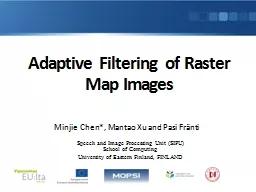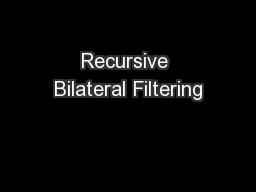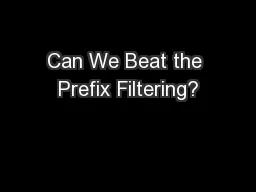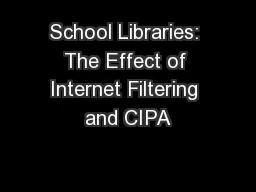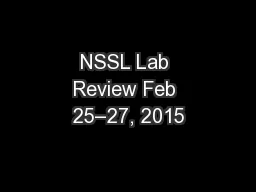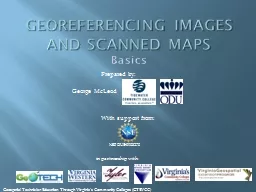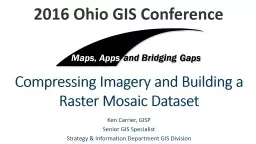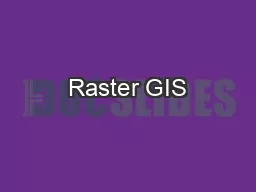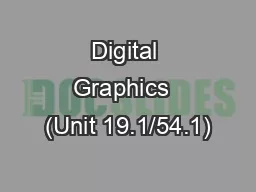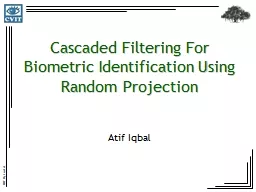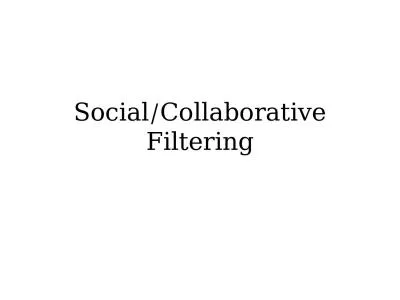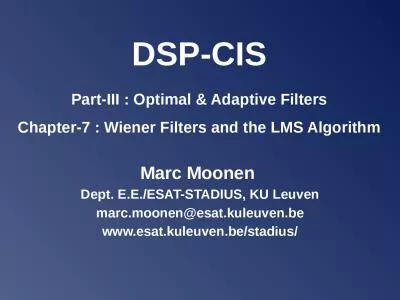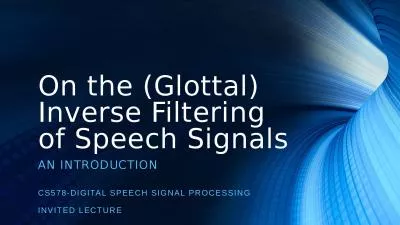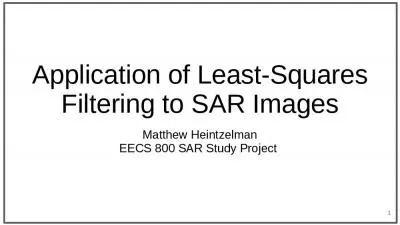PPT-Adaptive Filtering of Raster Map Images
Author : accompanypepsi | Published Date : 2020-10-22
Minjie Chen Mantao Xu and Pasi Fränti Speech and Image Processing Unit SIPU School of Computing University of Eastern Finland FINLAND Raster Map Images Topographic
Presentation Embed Code
Download Presentation
Download Presentation The PPT/PDF document "Adaptive Filtering of Raster Map Images" is the property of its rightful owner. Permission is granted to download and print the materials on this website for personal, non-commercial use only, and to display it on your personal computer provided you do not modify the materials and that you retain all copyright notices contained in the materials. By downloading content from our website, you accept the terms of this agreement.
Adaptive Filtering of Raster Map Images: Transcript
Download Rules Of Document
"Adaptive Filtering of Raster Map Images"The content belongs to its owner. You may download and print it for personal use, without modification, and keep all copyright notices. By downloading, you agree to these terms.
Related Documents

